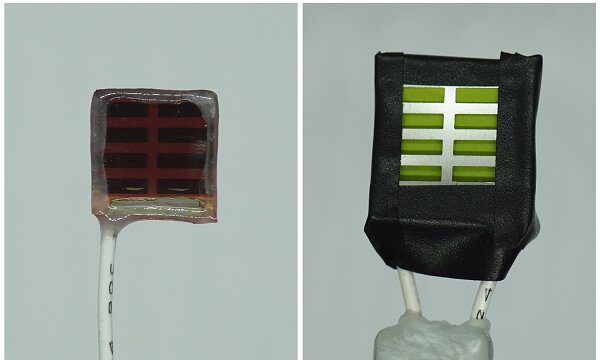The problem is that we are making large investments in fossil fuel infrastructure which will be used to damage the environment for decades using the excuse that we have an emergency. Nobody will want to leave these assets "stranded".
People aren't using this emergency to invest in renewables to nearly the same extent.
Solar is very clearly supply constrained, although growing every year.
Wind power could be installed faster. But it's also effectively constrained by supply, labor and required grid infrastructure investments.
In a country like the UK, heat pumps simply were not used much at all, so they're having to build an industry. They had 2024/2025 (depending on the nation) as the year from which new buildings had to have low-carbon heating, so companies were targeting those years in testing and training.
But, heat pumps aren't a simple, plug-in solution. In the UK 85% of all homes have natural gas central heating, and in many houses some or all of the radiators are too small for it to be a simple swap out of the boiler.
And unfortunately you can't just say "insulate!" because a lot of the housing is so bad that simple insulation would lead to damp and mold problems.
Of course in transportation, we also currently have a large supply problem, so we can't electrify as fast as we'd like, and in any case the faster we shift, the more we get ahead of the rate at which we can add renewables, so while it could help relieve renewables, it would just add to the NG demand problem.
There's a lot more than can be done, but it just can't happen fast enough to resolve the crisis of natural gas demand growth and dependency on Russian energy, which is what has everybody scrambling to increase their own supply.
I think all of these current limitations are a major factor in why Russia invaded Ukraine this year. In a couple of years time it's likely that the rate of change will be able to be faster and it will be significantly weakened.

electrek.co










